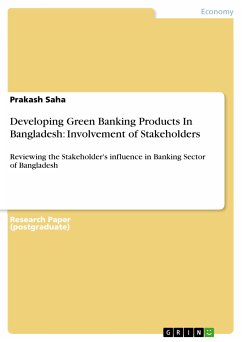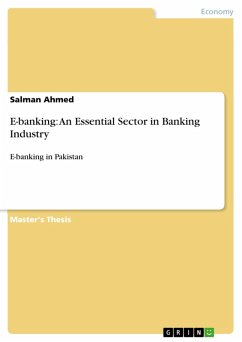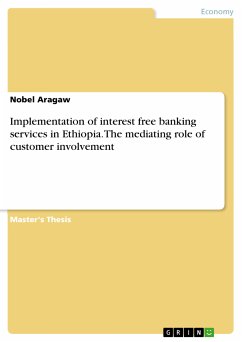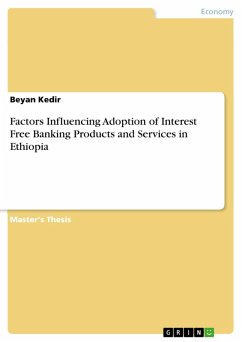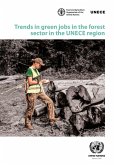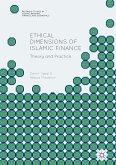Research Paper (postgraduate) from the year 2013 in the subject Business economics - Banking, Stock Exchanges, Insurance, Accounting, grade: none, , course: Green Banking Products, language: English, abstract: Banks which have not involved key environmental stakeholders or which have not adopted a learning-organization approach to business (e.g. risk taking and outward looking), will find that adopting a green mindset is difficult. The new generation Banks and financial institutions in Bangladesh are particularly embracing environment protection with every passing day, in some cases with a missionary zeal to protect the mother earth. This is done both as a part of their corporate social responsibility and as a drive towards socially and ethically responsible banking. They are gradually coming to realize that there is a need for a shift from 'Profit, profit and profit' motive to 'planet, people and profit' orientation for sustainable development in the long run. In fact, the concept of socially responsible banking has grown considerably with the dawn of twenty first century with the growth in green movement and emergence of a new generation of environmental activists. Further, those industries which have already become green and those, which are making serious attempts to grow green, should be accorded priority to lending by the banks. This method of finance can be called as "Green Banking", an effort by the banks to make the industries grow green and in the process restore the natural environment. This concept of "Green Banking" will be mutually beneficial to the banks, industries and the economy. To maximize this opportunity, banks must shift to an organizational-learning approach, such that the banks adopt an outward-looking and risk taking orientation. Using Bangladeshi samples, this article tries to address the current position of environmental responsible banking by commercial banks in Bangladesh and examines which stakeholders should be involved in the developing of green banking products in Bangladesh, and what strategies can be used to involve these stakeholders and how banks can learn from these interactions. The results will hopefully provide some insights into strategies and approaches that can be used by others to develop less environmentally harmful green banking products.
Dieser Download kann aus rechtlichen Gründen nur mit Rechnungsadresse in A, B, BG, CY, CZ, D, DK, EW, E, FIN, F, GR, HR, H, IRL, I, LT, L, LR, M, NL, PL, P, R, S, SLO, SK ausgeliefert werden.

